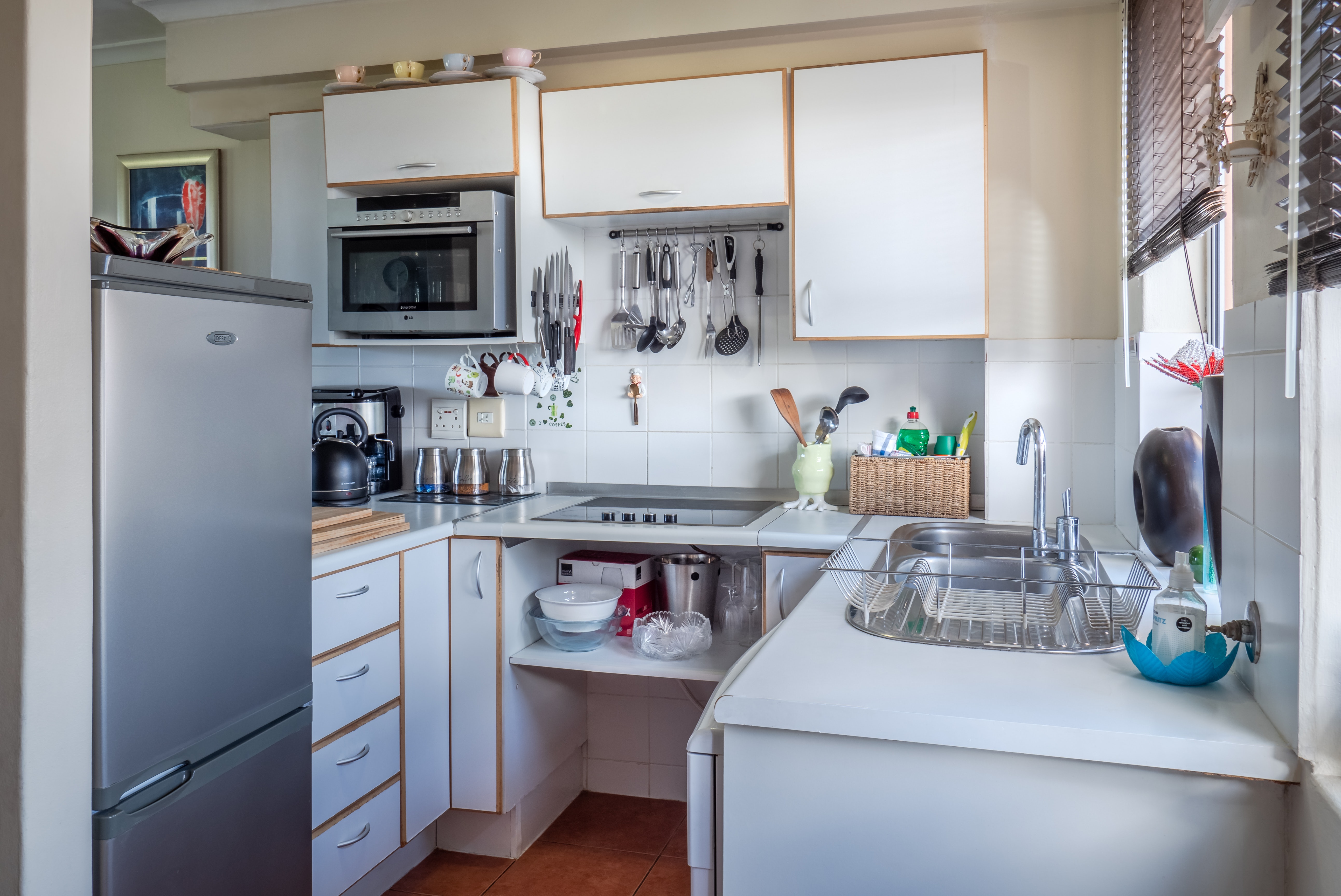Whether you have a refrigerator/freezer combination or a chest-style freezer — regardless of optional lights, ice makers or other features — the cooling system of any freezer works the same. The freezer compressor squeezes a refrigerant, typically freon, then transfers it to the condenser. Inside the condenser coils, the refrigerant changes from vapor to liquid as the heat in the refrigerant is expelled. This is the heat you feel blowing near the freezer when it’s in a cooling cycle. Next, the now-cooler refrigerant flows through an expansion valve and into the evaporator. There, the refrigerant absorbs heat inside the warming freezer and cools the contents even as the refrigerant turns back into a warm vapor. Finally, the now-warm refrigerant returns to the compressor to restart the cycle.
Even perfectly functioning freezers will not maintain frozen food if the door is left even slightly ajar, such as when an item sticks out enough to press on the door. Also, using a freezer to cool hot items or opening the freezer frequently will affect the temperature inside. Another common reason you may think the freezer is running but not freezing is improperly packing the contents. Situated behind a vent inside your freezer, typically in the rear, the evaporator fan circulates cool air. Pull the contents away from this fan vent and leave room around items so air can reach every point in the freezer. After you’ve done that, put a thermometer inside the freezer and check it after an hour or two. The temperature should read about zero degrees Fahrenheit.
The seal around the freezer door can be another problem when your freezer is running but not freezing. Test your freezer’s door seal by inserting a dollar bill between the door and freezer. Close the freezer door and see if you can pull out the dollar bill. If you can, something is interfering with the seal. A door seal that is dirty simply needs to be cleaned; if it’s badly damaged, replace it. Different seals vary, so follow the manufacturer’s installation instructions. If your freezer isn’t level, it may also prevent a proper seal. Use a carpenter’s level to determine when the door is plumb — straight up and down — or level and adjust the legs as needed.
If you’re lucky, the temperature setting in your freezer was raised accidentally and the repair is obvious. There are a few other things to check when your freezer runs but fails to cool. Pull the freezer out and look for dust, debris or ice that might be smothering the coils. As chest-style freezers use internal coils, this applies to upright models or refrigerator/freezer combinations. A hair dryer quickly melts ice and a vacuum or soft cloth makes quick work of dust. With the freezer unplugged, locate the motor underneath the freezer and clean it. Defrost the freezer if it’s clogged with ice. If you notice water pooling on the floor when the freezer is running but not freezing, check the drain tube in the freezer’s floor or underneath the vegetable drawers in the refrigerator compartment. Insert a turkey baster of bleach water into the tube to clean it, or run a length of smaller tubing through it to push out the clog. Also, check for adequate clearance around your freezer and ensure it doesn’t sit in a sunny, hot and humid location or in an unheated area.
Internal component repairs generally aren’t DIY friendly. The cooling system involves dangerous parts and attempting to service them yourself can lead to injury. Some repairs also require specialized tools and in-depth knowledge. Among these repairs are bad evaporator fans that chirp and squeak or refuse to circulate cool air and lower refrigerant levels. A malfunctioning door safety switch is difficult to pinpoint but also prevents proper cooling even though the freezer is running. Likewise, a faulty defrost control timer, a bad thermostat and a failing evaporator will prevent cooling. Some repairs aren’t even practical; both a bad compressor or a faulty main control board cost more to fix than to simply replace the freezer. A loud thumping is a sure sign that the compressor is at fault. Consult a professional in these situations.
Call Absolute Appliance Repair NOW if you have any problems with your freezer!
Phone lines
(415) 831-1259 San Francisco
(415) 388-0690 Marin County
(650) 525-0512 South SF / Daly City / Pacifica


